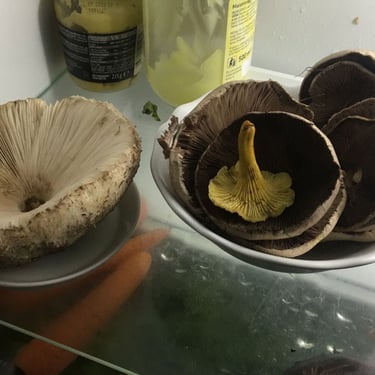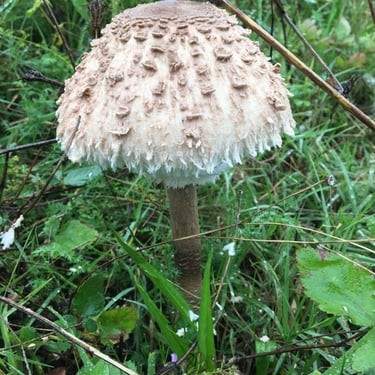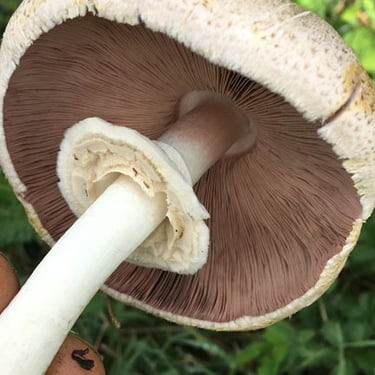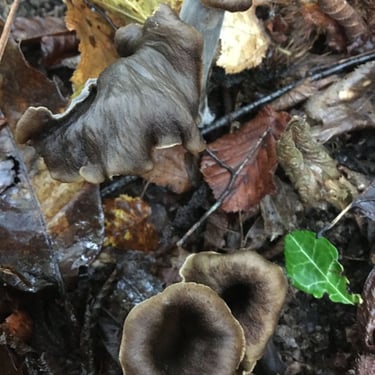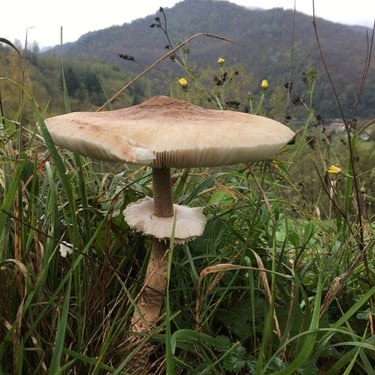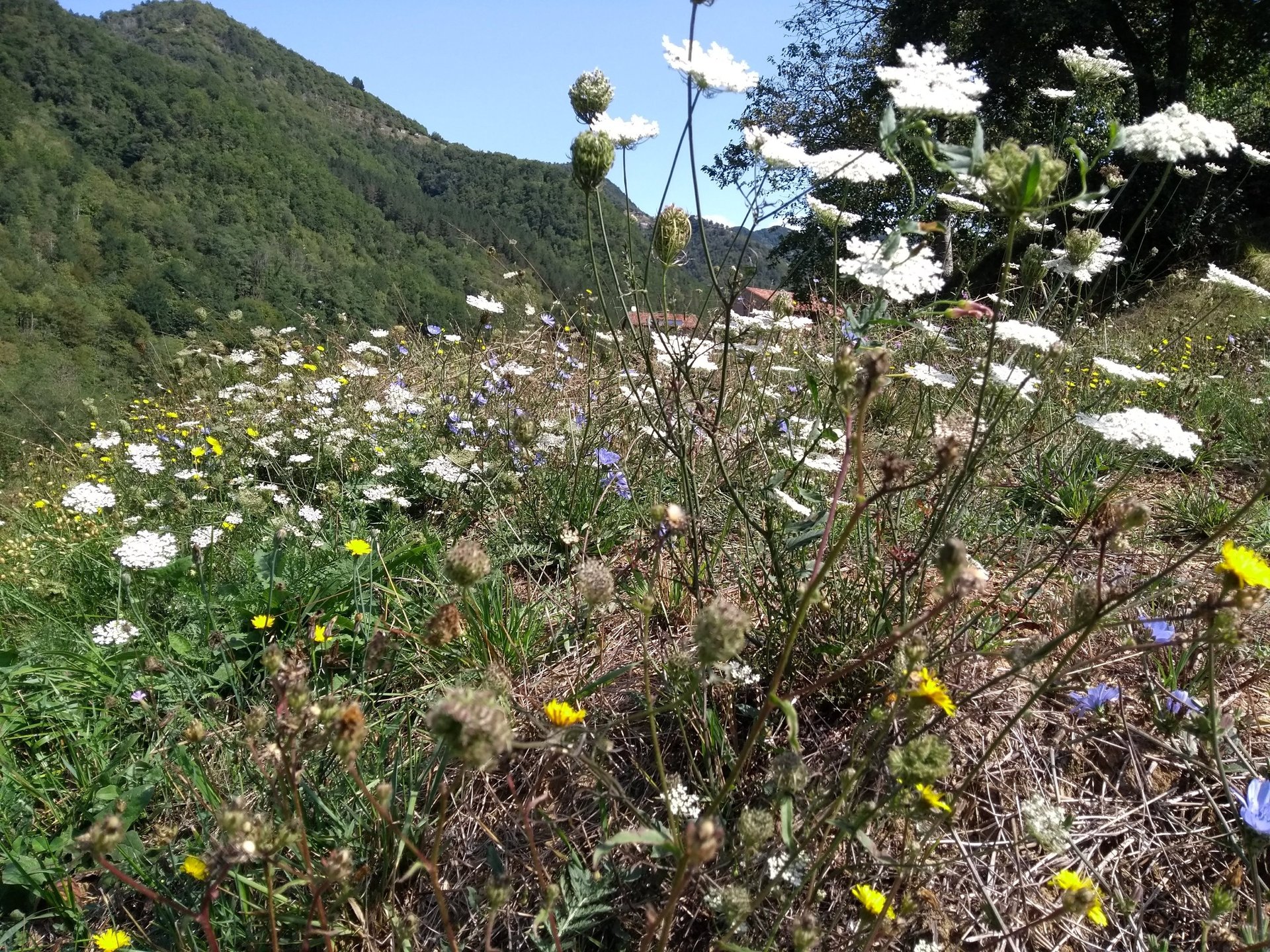
Nature & wildlife
We love the native wildflowers at La Rupina, and we do everything we can to encourage them. The pictures in this section show just a small sample of the different flowers and beautiful wild orchids we see in the woods.
One very important thing for wildflowers is to wait until after the summer solstice to cut the grass. This gives the flowers time to fully mature and drop their seeds and ensures you’ll see even more flowers the following spring.
We rake up the cut grass after we mow and use it as mulch for our vegetable garden, and also for making compost.
Up here in the mountains we see a huge range of different micro-climates, even within quite small areas. Climate varies depending on which way a valley is facing, which side of a mountain you’re on, and how high up you are.
We are at an altitude of about 450m, in a steep-sided valley surrounded by trees. As a rule of thumb, you lose about one degree celsius in average temperature for every 100m of altitude, so we are usually about 5 - 8°C cooler than Pisa, which is down on the coast.
Our valley runs east-west, with the valley sides facing south and north. The north side, which faces south, gets a lot more sunshine than the south side, which faces north. In the summer it’s not so noticeable, but in the winter you can have as much as 20℃ of difference between the two sides.
Here in the mountains, a plant that grows in one place may not survive just a few meters away because it’s too hot/cold, or too shady/sunny.
In the past, the region around our house produced vegetables like potatoes, onions, cabbages, and carrots - pretty hardy plants. And yet a little farther down the road toward Lucca there are banana plants growing. Olive and lemon trees will just about grow here, but they need a sunny, sheltered position. Some people grow them in pots and move them inside for the winter.
These variations in climate mean that everywhere you look there are different varieties of plants - grasses, trees, flowers, and vegetables - each one surviving in its own niche.
What we see here around La Rupina applies to about 75% of Italy. It’s either hilly or mountainous, with wide variations in climate. And this geography has had a significant influence on Italian cooking.
Italian food is very good, and often quite simple. It focuses on fresh ingredients with deep flavors. Even before modern supply-chains enabled us all to buy raspberries in mid-winter, Italians could rely on having quite easy access to a wide range of different fruits and vegetables, grown locally and often year-round.
Wildflowers



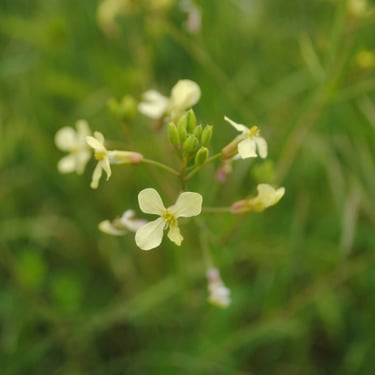

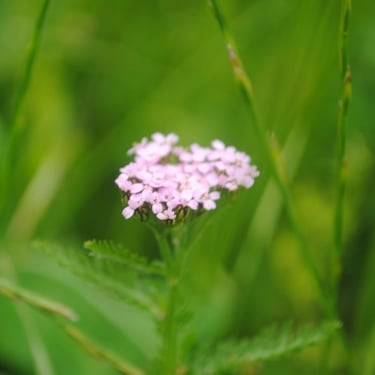
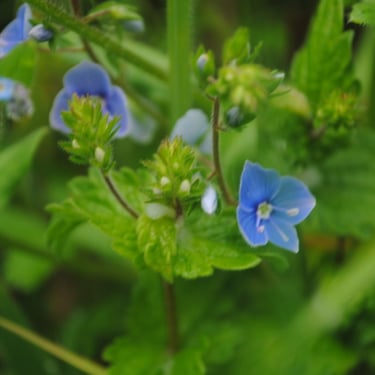
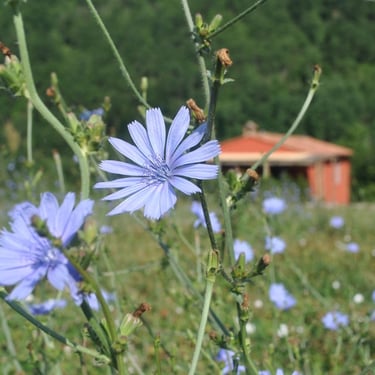
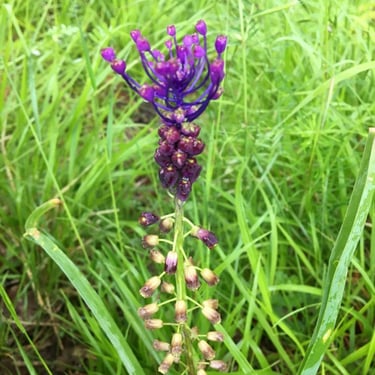
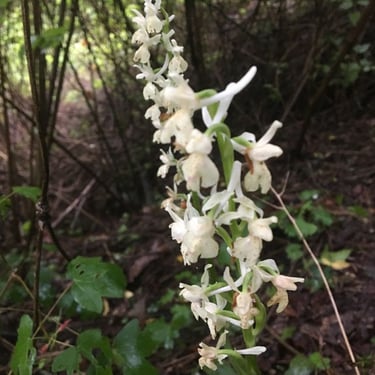
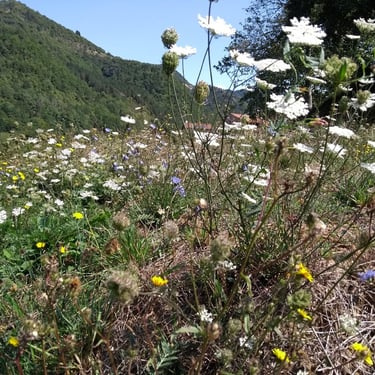
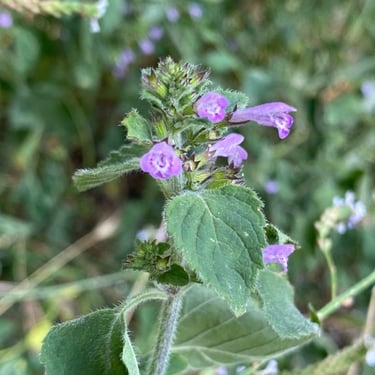


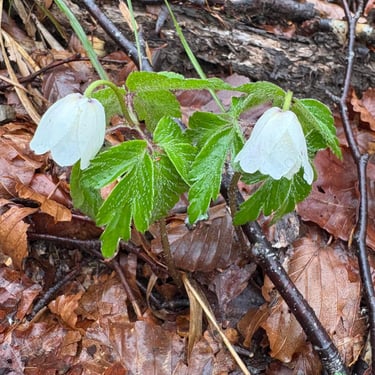

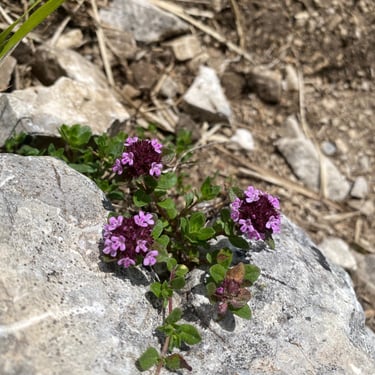
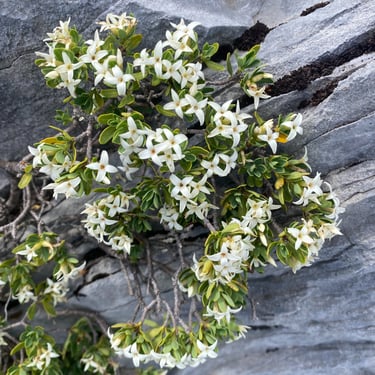
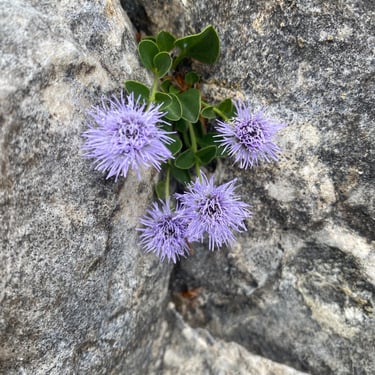

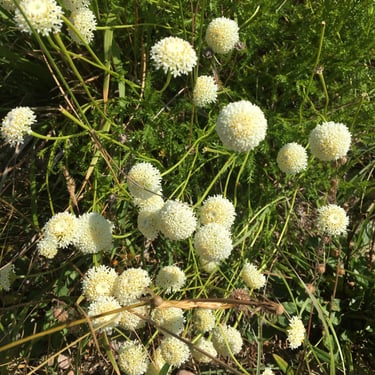
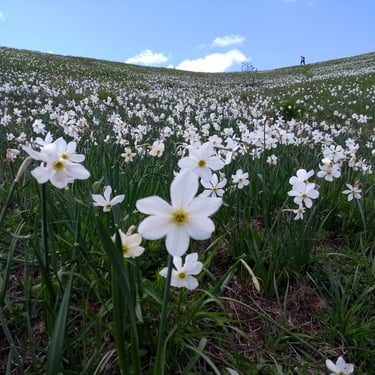
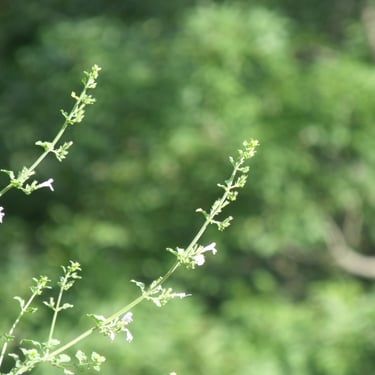

The Garfagnana is steadily becoming a haven for wildlife.
Up until the 1960s, the valleys of the Garfagnana were used for cultivating fruit, vegetables, and chestnuts, and the area was known for its cured meats, cheeses, and, especially, for its porcini mushrooms.
But the terrain is not easy to farm. The land is steep, the winters can be harsh, and the growing season is short compared to more hospitable areas closer to the coast. As agriculture became more industrial, flatter land became far more cost-effective to cultivate and the Garfagnana could not compete. Much of the farmland was abandoned.
But what was lost to farming has become a boon for wildlife. When people stopped cultivating the land, the trees returned, and soon after, so did the animals
We see a lot of different animals at La Rupina, and I am now starting to document and track their movements, using trail cameras. The first video - edited down from 15 clips recorded on two consecutive nights - shows a badger just moving out of shot in the top right, and then four deer and 2 wild boars. The videos were captured just below the new house.
The second video was recorded a little further up the valley, also using a trail camera. It shows a very large European red fox (I think). From the size of the rocks in the video I can work out that the fox’s shoulder height is approximately 45- 50cm, so it was about the size of a large dog - perhaps a German shepherd or Alsatian - and considerably larger than the average fox. As you can probably tell from the way it moves and its proportions, this is not a small animal, so it must be getting a good diet.
There are wolves in the woods and mountains around us and the last image here shows wolf poop, or “scat”, as it’s more formally known. It’s full of thick bristly grey hair from juvenile wild boars. We come across wolf scat quite frequently when we’re walking in the mountains.
We’ve never seen a wolf - they stay well away from humans - but we’ve occasionally heard them howling at night.
Wild boars are fearsome creatures, and the only animal crazy enough to tackle a boar is a wolf, but even a big wolf will not take on an adult boar. The young boars are smaller and easier for a wolf to pick off, hence my assumption that the grey hair in the wolf scat came from a juvenile.
All the large animals around us are primarily nocturnal, and we’re more likely to hear or smell an animal than we are to see one. Adult wild boars and deer, both regular visitors to our woods, leave a pretty pungent smell wherever they sleep and lots of easily identifiable footprints.
The animals follow the valleys and streams as they travel through the mountains and this is where we usually find their trails. The streams provide water, and the surrounding thick undergrowth hides them from humans and other predators. Our stream probably explains why we have so much wildlife wandering through the garden.
We have a lot of fruit trees at La Rupina, and some of the wild animals like to eat the fallen fruit. The deer eat the apples and pears, and the boars love our cherries and walnuts.
We also get visits from porcupines, badgers, and hedgehogs, who like to dig up grubs and roots. There are lots of very appealing red squirrels around, plus snow voles, tiny little shrews who nibble on my vegetables, moles, pine martens with lovely red coats, field mice, slow worms, grass snakes, and hilarious big fat toads who waddle around in the grass looking for slugs and snails. Up on the summer pasture in the mountain above us there are mountain hares.
It’s a busy garden, even if most of the action takes place when all the humans are asleep.
Animals


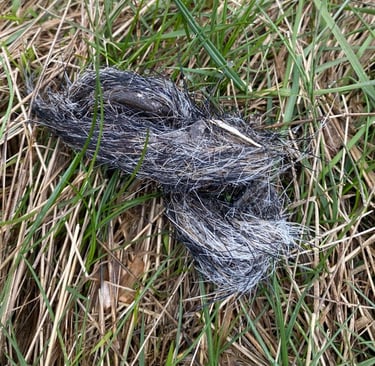

Fireflies across the world and in Europe are in steep decline (article) but we appear to be bucking the trend at La Rupina and our firefly population seems to be growing. Almost all of the fireflies here are flashing fireflies, but we have recently begun to see glowworms, too, which is very encouraging.
Male fireflies use light to attract females, who generally hang out on grass stalks, watching their flashing would-be mates flying around above them. After mating, the female lays eggs just below the surface of the ground. When the larvae hatch 3 or 4 weeks later, they burrow further underground and live there for the next three years, until they pupate and finally emerge as adults.
There are a number of ways that humans can interfere with this cycle. Short grass means the females have nothing to climb around on while they’re looking for a mate; artificial light, and particularly LED lighting (I will do a blog on this), limits the visibility of the lit-up males; and garden chemicals and pesticides, of course, negatively affect all kinds of insects, arachnids, and snails/slugs.
Everything we do to encourage wildflowers is also good for fireflies, and more flowers also means more pollinators. We’ve really noticed an increase in the numbers of bees, wasps, butterflies, moths, and other insects since we arrived in La Rupina in 2015.
Fireflies and other insects



The Garfagnana is famous for its porcini mushrooms. The challenge with finding them, though, is that you have to get to them before everyone else does, and to do that you need to be up at about three in the morning.
I find it easier to go for mushroom varieties that have no commercial value. My two favorites are the parasol mushroom (mazza di tamburo) and the wonderfully named horn of death (trombetta dei morti) or black chanterelle.
Parasol mushrooms have no sale value because they grow all over the place, but they are great to eat. Drizzle olive oil and garlic on upturned mushrooms, pop them into a hot oven, and ten minutes later you have the most delicious treat.
The horn of death is another delicacy, and not just locally. (Don’t be put off by the name, which comes from the mushroom’s habit of growing on dead and rotting tree trunks). They can be difficult to find but are worth the effort as they taste very good.
A word of warning, don't eat mushrooms unless you know exactly what they are. Always consult someone who understands the local funghi, as some species can be very poisonous.
Funghi
